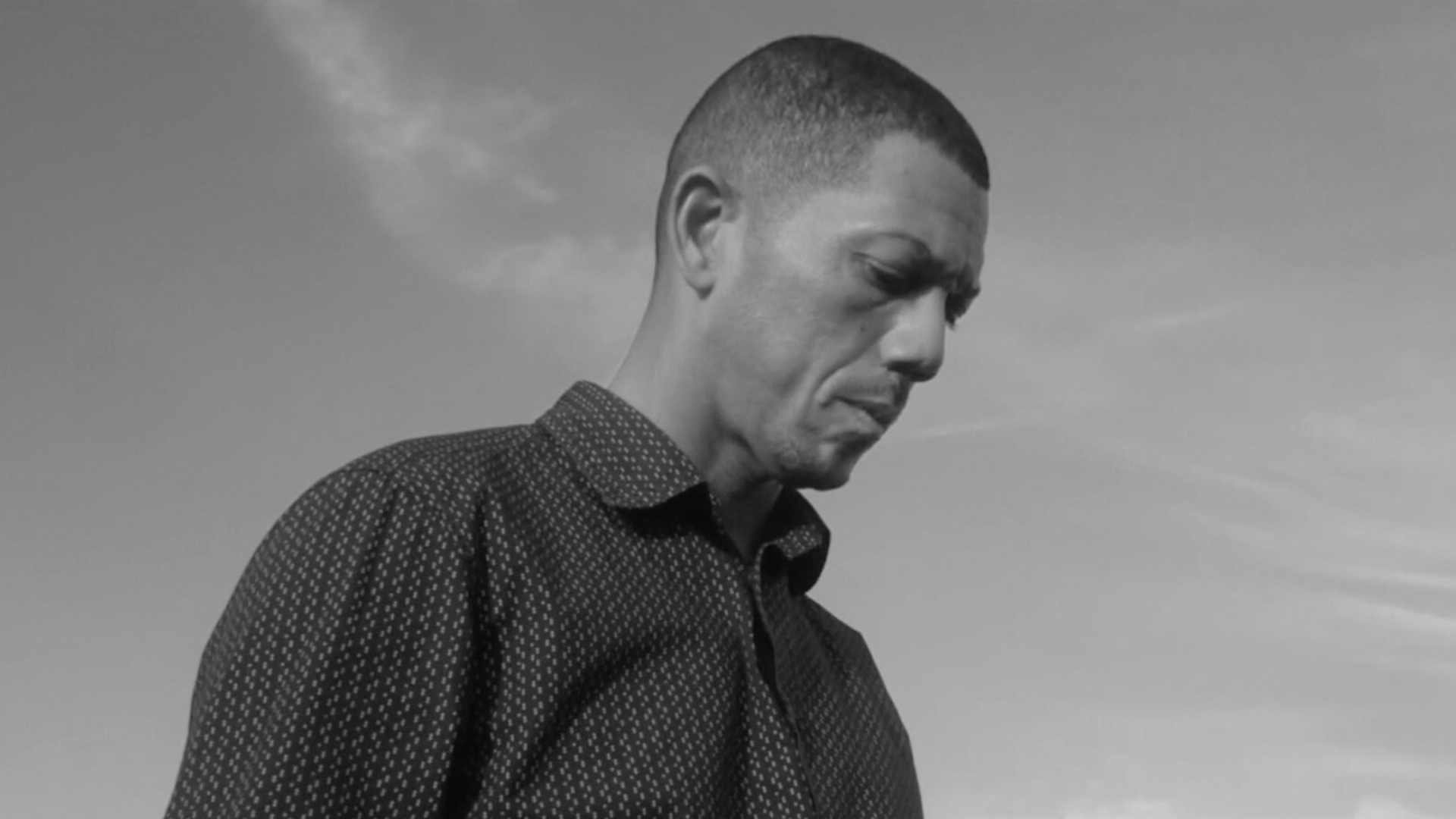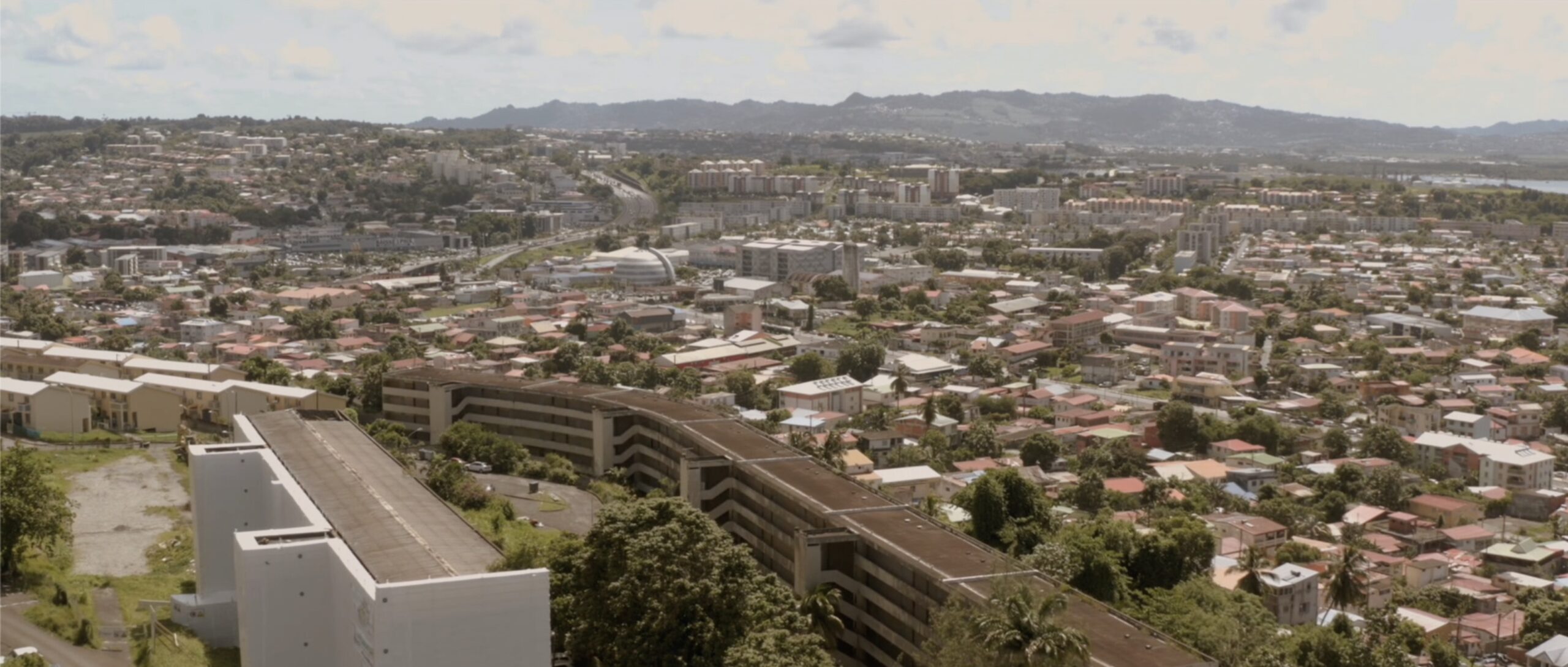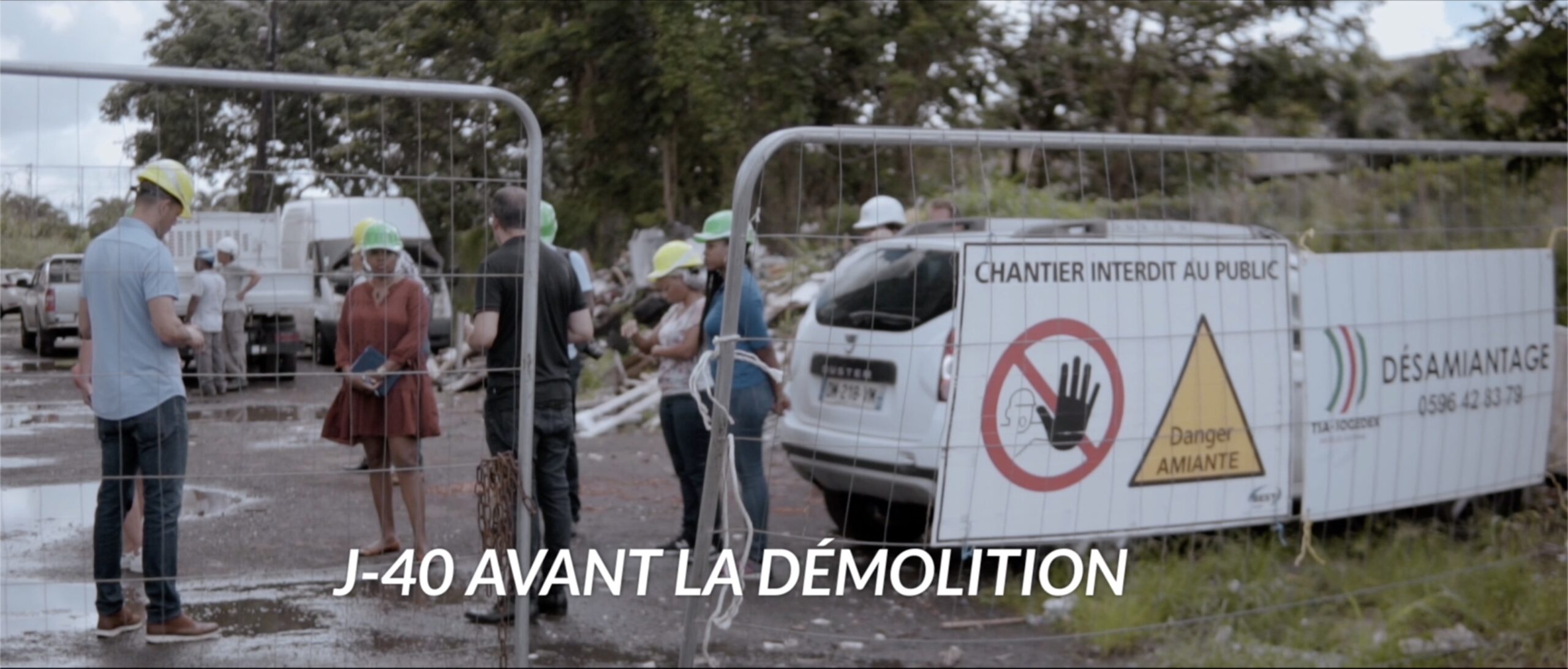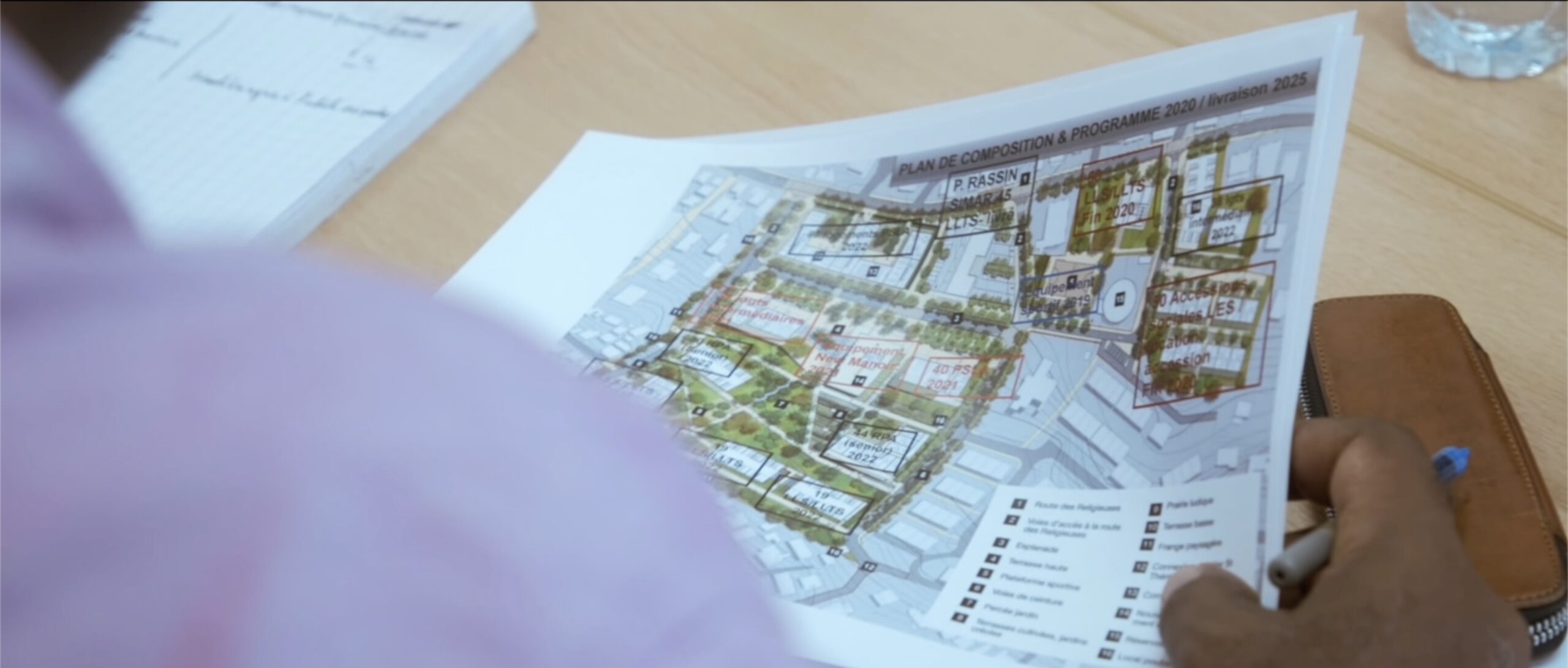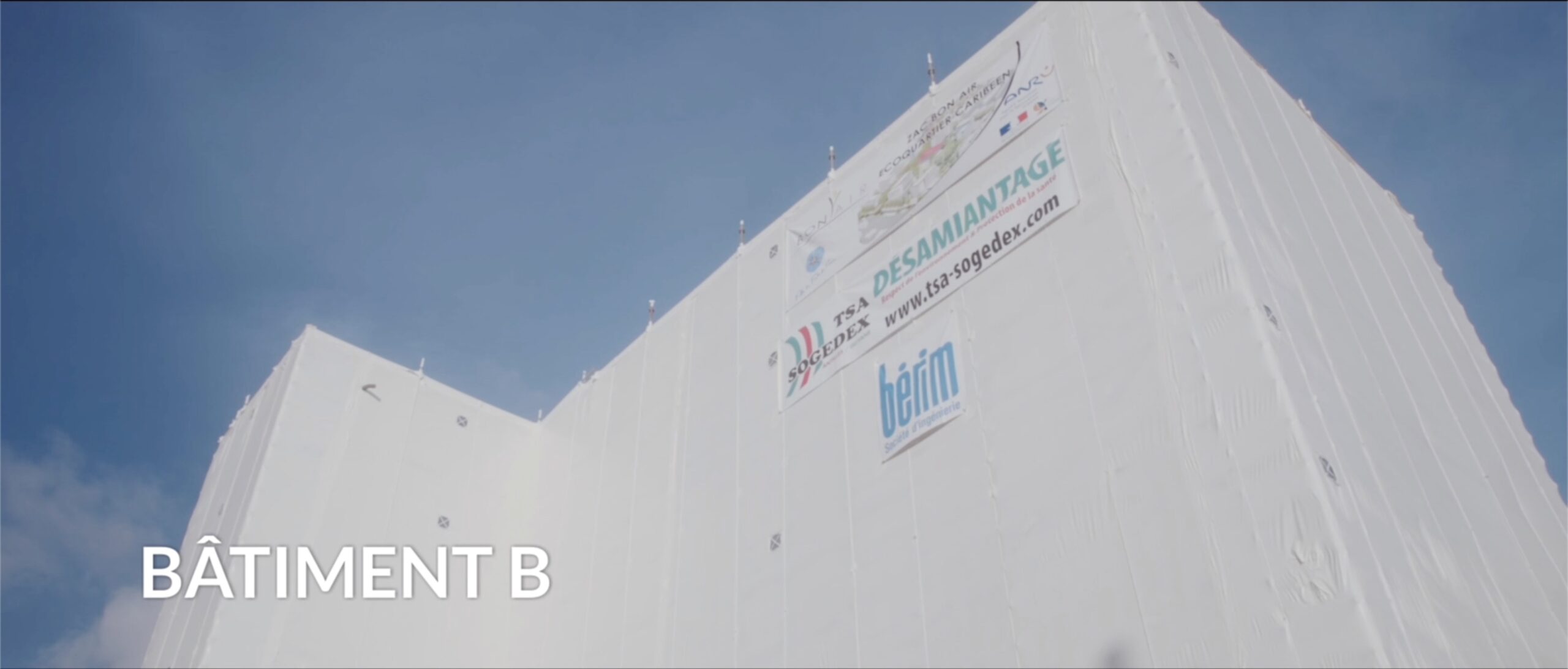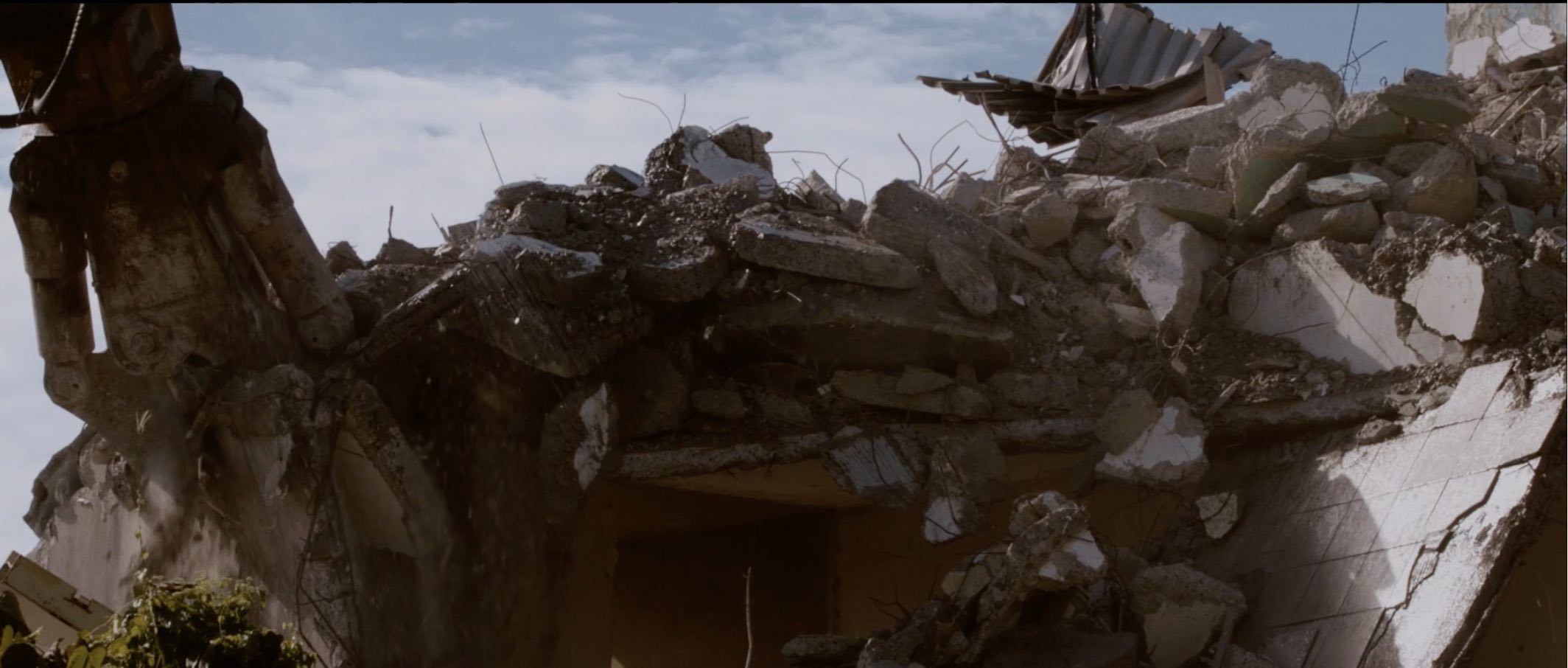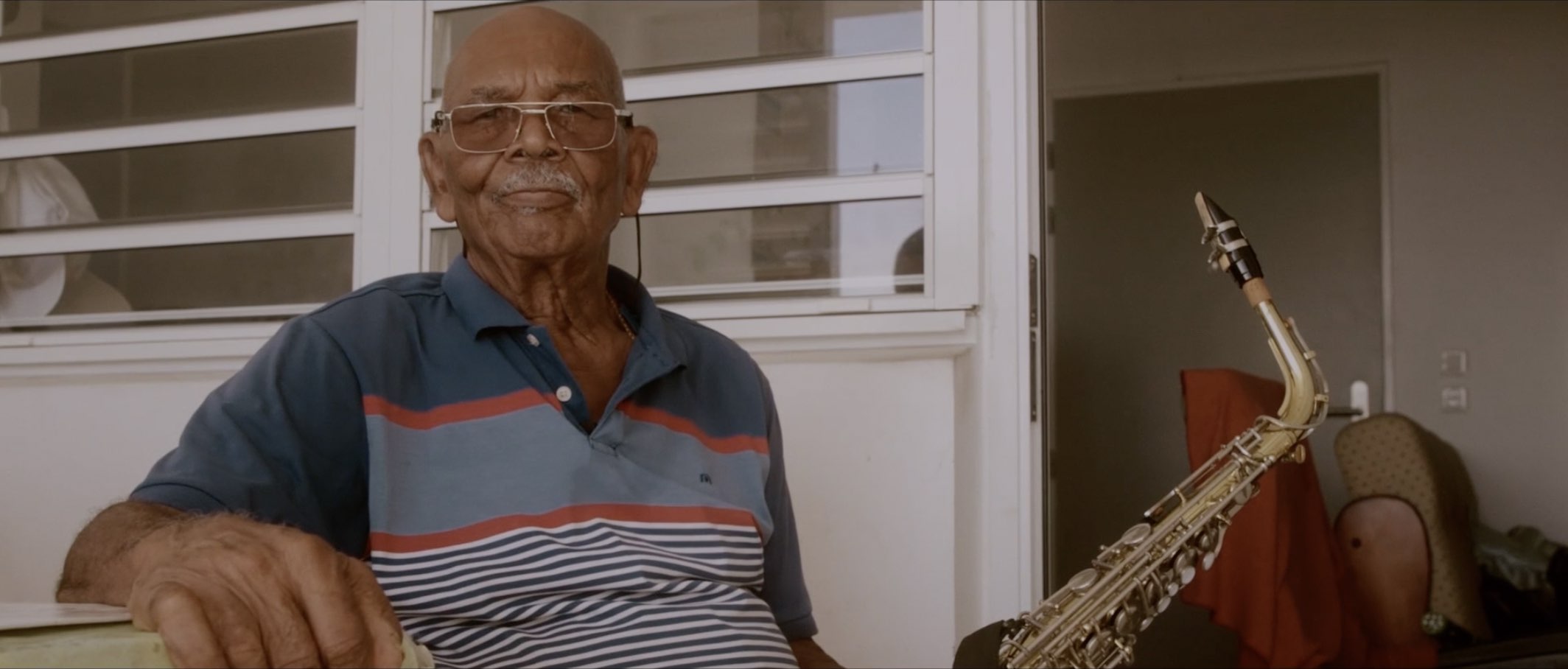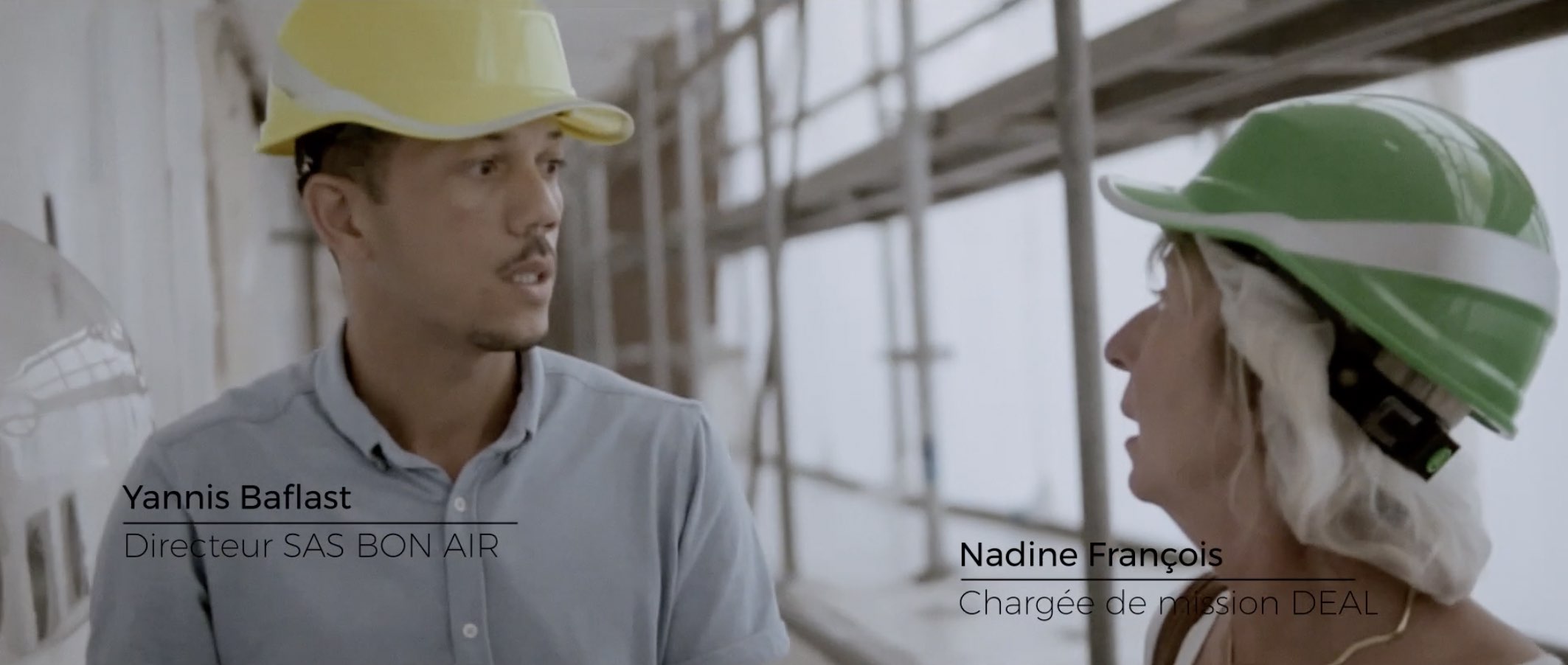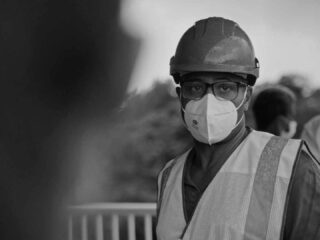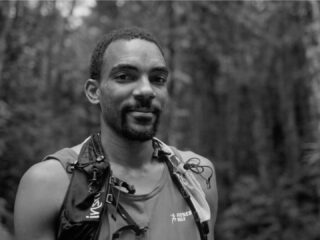Overview
The first Mahogany
Within the framework of the construction of the run-down BON AIR condominium and the reconstruction of the site as an Ecoquartier, it was planned to organise the memory of the BON AIR residence or neighbourhood, to help tenants and owner-occupiers to awaken their memories and gradually mourn the loss of the neighbourhood and the residence in which they lived.
The objective was to make a 13-minute short film on the memory of the Bon Air district.
The executive producer of the project contacted us to make the documentary film, the objectives of which were
- to help the tenants and occupants to express themselves about the residence and the neighbourhood and to give them tools for expression,
- to accompany and support the tenants during this expression, which may reflect anguish, stress and difficulty in mourning the loss of the former residence
- to help the tenants and occupants to share their stories, to transmit their knowledge and to value them.
- to explain the approach of the community and the developer through the technical, human and partnership project of the governance (City of Fort-de-France, ANRU, CTM etc…)
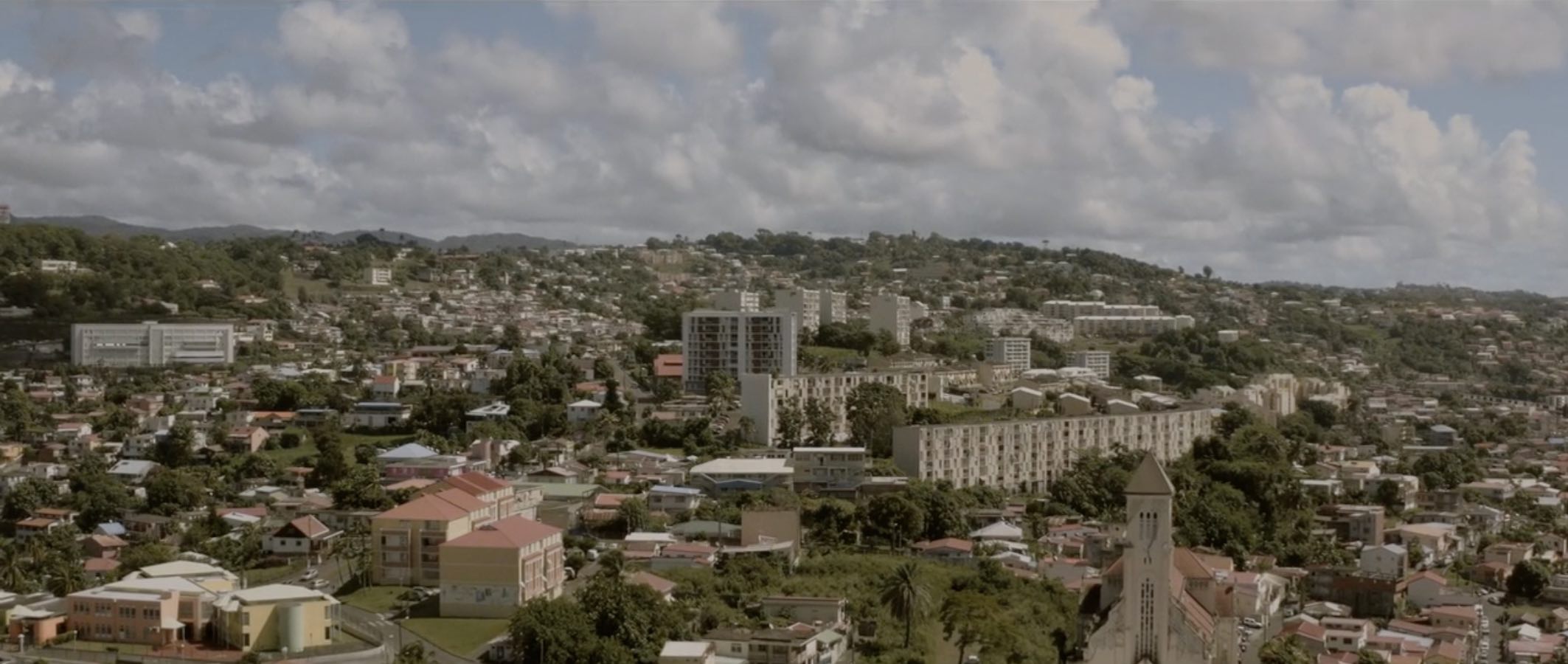
Director’s statement
To make this film, we chose emotion and authenticity.
Throughout the filming of the project, we asked all the stakeholders, including the governance of SAS BON AIR, to become authentically involved in the project. It was clear to us from the outset that it would have been impossible to make this film and achieve the original objectives without real transparency from all parties and a confrontation of perspectives on screen.
The film mixes life sequences, interviews and a look at the neighbourhood and the construction site, before, today and soon. Speech is at the centre of this film: the expression of memories, the need for change and expectations through the speeches of each of the characters. The speech of the inhabitants transcribes their attachment to the neighbourhood and the need for change for a better life. These transgenerational life stories constitute the soul of the film. The different characters give, each in their own way, a personal and collective depth to their trajectories, whose common point is not only this neighbourhood but also the memories attached to it. The aim is not to collect testimonies in order to polish an objective history, but rather to encourage the emergence of intimate stories. The speech of the town planner, in particular, gives an account of the vision and commitment required to carry out a project of this scale. He tells us about the need to combine this social vision with an economic vision to create the first project of social and environmental innovation in the heart of Martinique and its capital. It is the one through which we take the time to feel the magnitude of the task and the need for a demanding environmental approach and a long-term vision, resolutely turned towards the future. The speech of the association representative, accompanied by archive images, also recalls the history of the district and its anchorage in the history of Martinique, because everyone wants to preserve the soul of this district by moving towards more community, dialogue and well-being. The old building is unveiled as a backdrop to represent both the infrastructure that is the guardian of a history and, terribly degraded, the witness of the urgency of change. Movement, the symbol of transformation, is also central to this film. A horizontal movement at first, then one that rises to accompany the vision of the designer and to reveal what will disappear to make way in a slow, constant and regular movement for the first Caribbean ecological district.
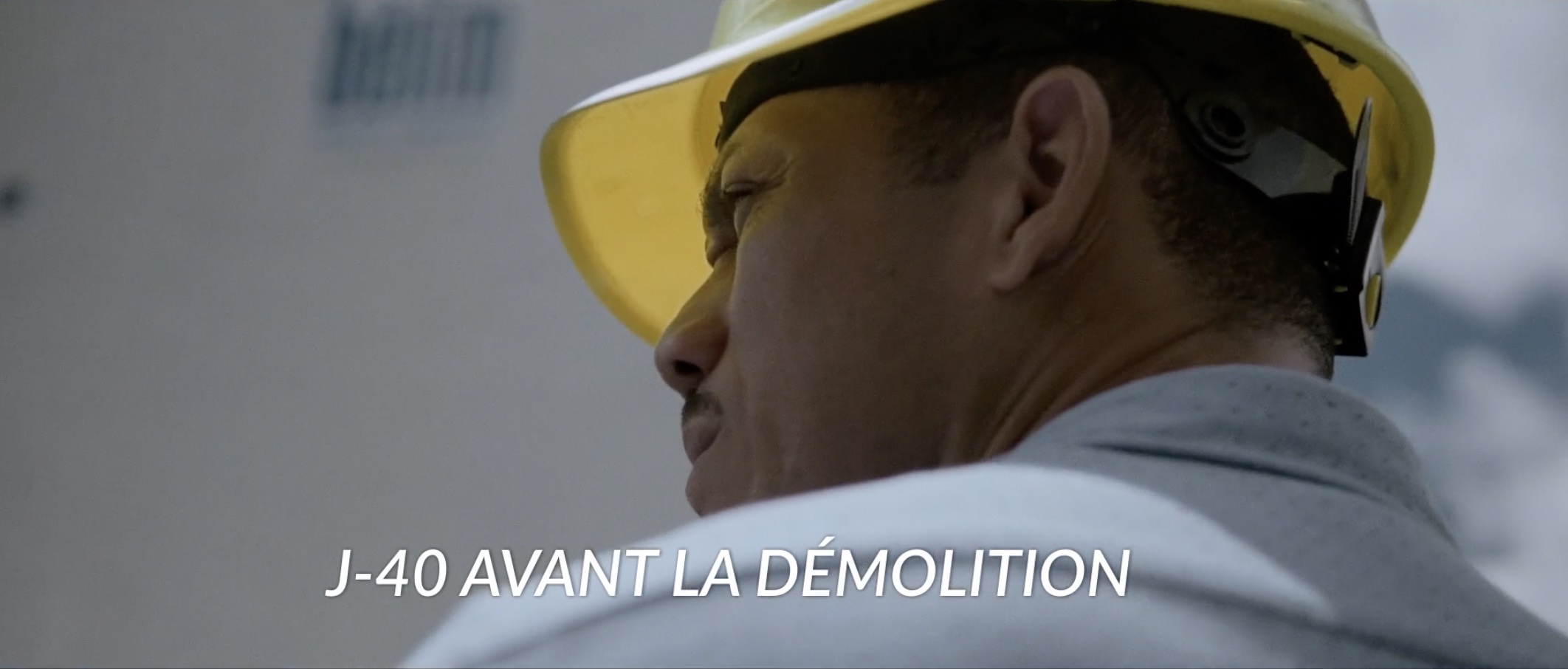
Results
In the end, two deliverables were produced:
- a 25-minute film « The first Mahogany, the construction of the first Caribbean eco-district ».
- A short presentation of the project of 1min20s
Stakeholders
The film reached out to the stakeholders involved in the project.
The technicians saw themselves on the screen, met up with residents with whom dialogue was sometimes difficult, and were able to take stock halfway through more than 10 years of work and effort.
Governance found the right tone and the emotion was there.
The funders have put faces to a project of such scope that it is sometimes possible to lose sight of the essential: the human aspect.
The distribution to the inhabitants is currently being organised.
The film has finally fulfilled its main objective of bringing together all its stakeholders around an ambitious project in Martinique and convincing them of its relevance, its progress and its quality.
Heritage
One of the objectives of the project was to keep a trace of the past, of the city and the neighbourhood. This film represents this trace, this testimony of what was. It now represents a historical and heritage landmark in the history of the city of Fort de France.

Crew
Director/DP/Motion graphics: Stephanie Saxemard
Executive producer: Christian Rodin
Additional production: Creativ Sün Films
Camera operator: Christophe Adelaïde, Patrice Aboulicam, Arnaud Griffit
Sound: Arthur Rusti, Gianny Aldo, Zephrine Royer
Editing: Stephanie Saxemard, Zephrine Royer
Assistant producer: Anne-Emmanuel Quimbert
Research: Stephanie Saxemard, Zephrine Royer
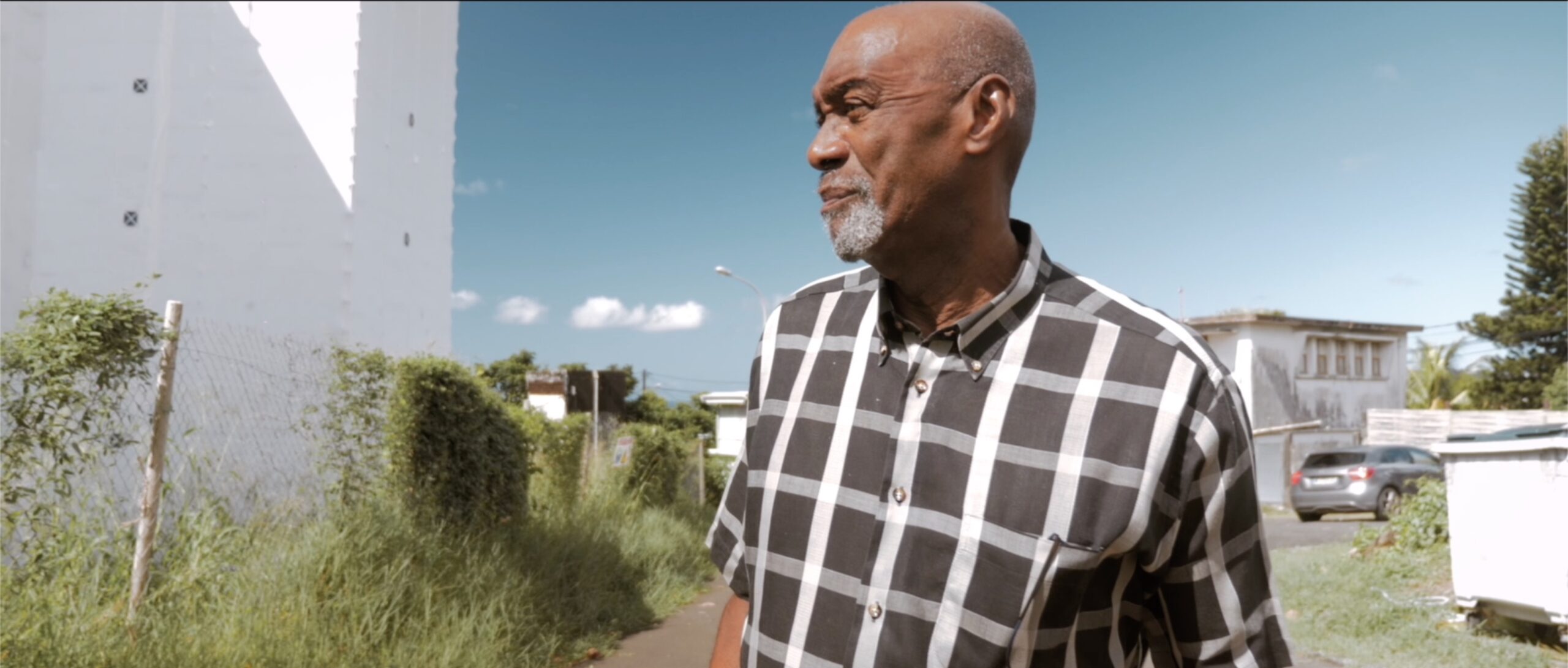
A technical note
SAS BON AIR chose to make a creative documentary rather than a project film to capture the emotion behind a very important moment in the history of the city of Fort de France. The use of storytelling allowed us to give a voice to the people affected by this change, to allow the city mayor and agents to explain in their own terms the necessity of this change.
An urban reconstruction project is always complicated. One of the missions of SAS BON AIR is to accompany the inhabitants in their rehousing.
The first challenge of this project was that it took place at a difficult time in the district’s reconstruction project: the demolition of all the buildings in the housing estate. This was a difficult time, especially for the residents, who saw a part of their lives and memories disappear.
The second challenge facing the project’s governance was to bring together in a single film the emotions, technical information and sometimes divergent perspectives of the project’s stakeholders (residents, technicians, governance). The objective was to use the film as a vehicle for cohesion of all stakeholders around the reconstruction project at a critical phase of its progress.
This is why SAS BON AIR chose to make a documentary film, the only medium capable of transmitting emotions, a message and information at the same time.


